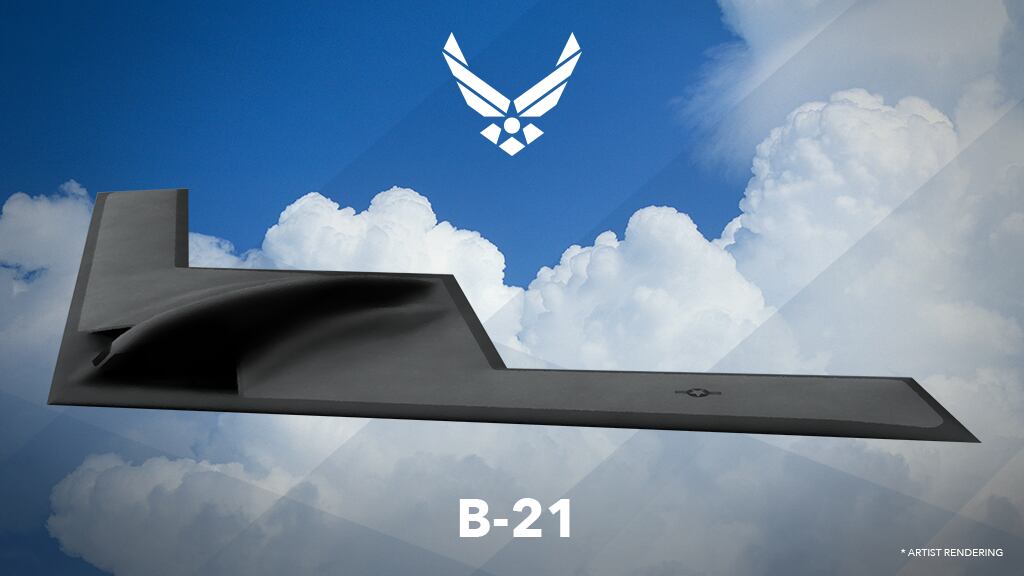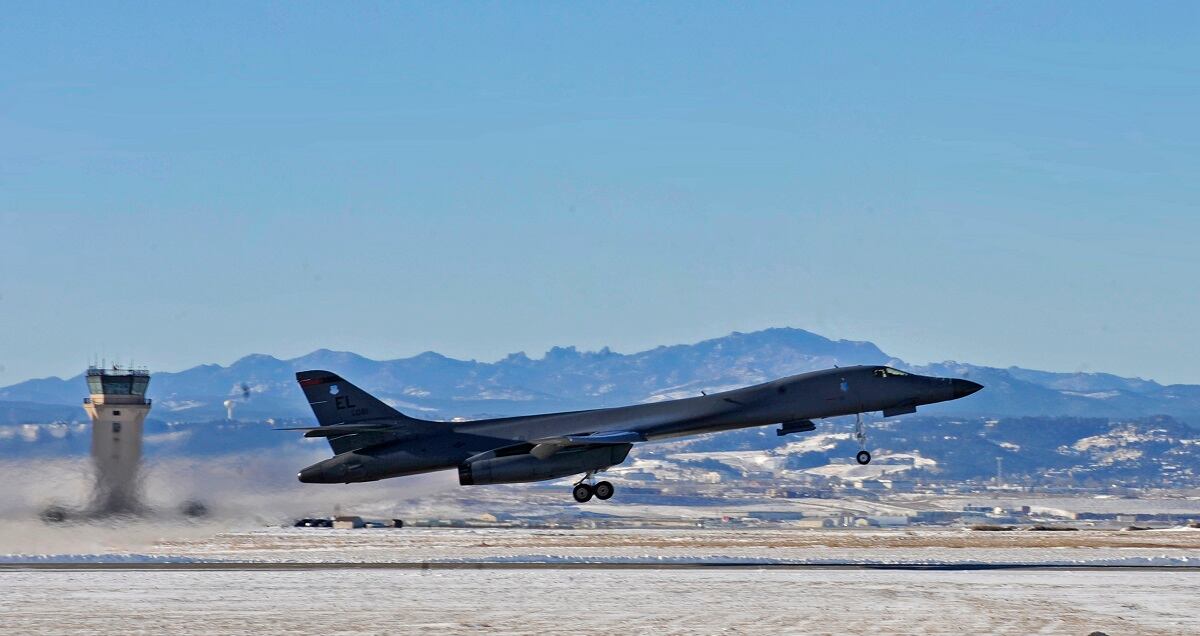WASHINGTON — The U.S. Air Force has no immediate plans to put its nuclear-capable B-52 bombers back on 24-hour alert, although officials have acknowledged the service is making improvements to facilities that could support a change in status should U.S. Strategic Command make that decision.
In an Oct. 22 story, Defense One reported that the Air Force was preparing to put the Boeing B-52 Stratofortress back on 24-alert for the first time ever since 1991. The story, based on an interview with Air Force Chief of Staff Gen. David Goldfein, noted that an alert order had not been given by STRATCOM head Gen. John Hyten.
The report ignited a firestorm of media attention from mainstream publications that interpreted the return to alert status as a foregone conclusion, not as a possibility, and questioned whether this was yet another sign of increasing tension with North Korea.
In a statement, Air Force spokeswoman Ann Stefanek clarified that a return to alert status is not imminent. However, she acknowledged there are preparations happening — albeit of a more mundane sort — that would support a future decision to return B-52s to a 24-hour alert should combatant commanders decide to do so down the line.
“Preparations like updating base infrastructure,” such as improvements to alert facilities, munitions storage and dining facilities; “conducting exercises; and modernizing equipment are necessary to maintain a baseline level of readiness,” she said. “We do this routinely as part of our organize, train and equip mission so our forces are ready to respond when called upon.”
RELATED

Up until 1991, bombers equipped with nuclear weapons sat on the runway on “strip alert,” and pilots — temporarily housed in alert facilities — would prepare to grab their gear and take off if a contingency should arise.
That stopped after the fall of the Berlin Wall, said Brig. Gen. Ed Thomas, the Air Force‘s public affairs director, although the service maintains a continuous bomber presence in Guam.
Part of the confusion likely stems from the convoluted chain of command involving the nation’s nuclear enterprise. It’s the responsibility of the Air Force chief of staff to ensure the service is manned, trained and equipped to respond to any contingency — basically to make certain that its bombers and intercontinental ballistic missiles are ready to go.
“This is yet one more step in ensuring that we’re prepared,” Goldfein told Defense One during a six-day tour of Barksdale and other Air Force bases that support the nuclear mission. “I look at it more as not planning for any specific event, but more for the reality of the global situation we find ourselves in and how we ensure we’re prepared going forward.”
However, it’s up to the STRATCOM commander to determine the posture and operations of the bomber force, including whether to move B-52s to a 24-hour alert.
So while Goldfein may be talking about making base infrastructure improvements that would support a return to an alert posture in the future, the arms of the military responsible for conducting missions with nuclear bombers — in this case, STRATCOM and Air Force Global Strike Command — are not having those discussions, Thomas said.
“I’ve talked to [STRATCOM]. I’ve talked to Global Strike Command a few minutes ago. I talked to the 2d Bomb Wing” at Barksdale Air Force Base, Louisiana, “a few minutes ago. There are not any plans,” he said.
“Right now those discussions are not happening. Could they or would we be ready for them? Absolutely. Could we be doing the mission? We could stand that up very quickly. I just don’t want to overplay something.”
RELATED

The Defense One report cited multiple improvements the Air Force is making at Barksdale that could lay the groundwork for a return to a 24-hour alert. For instance, it is upgrading an alert facility with more than 100 beds for crew members.
Although B-52 crews could potentially use those spaces, it would more likely house the crews of the four nuclear-hardened E4-B “Doomsday” planes that regularly pull 24-hour alerts, Thomas said.
The base is also building storage facilities for the Long Range Stand-Off weapon, a new cruise missile that can be nuclear or conventionally armed.
Valerie Insinna is Defense News' air warfare reporter. She previously worked the Navy/congressional beats for Defense Daily, which followed almost three years as a staff writer for National Defense Magazine. Prior to that, she worked as an editorial assistant for the Tokyo Shimbun’s Washington bureau.








